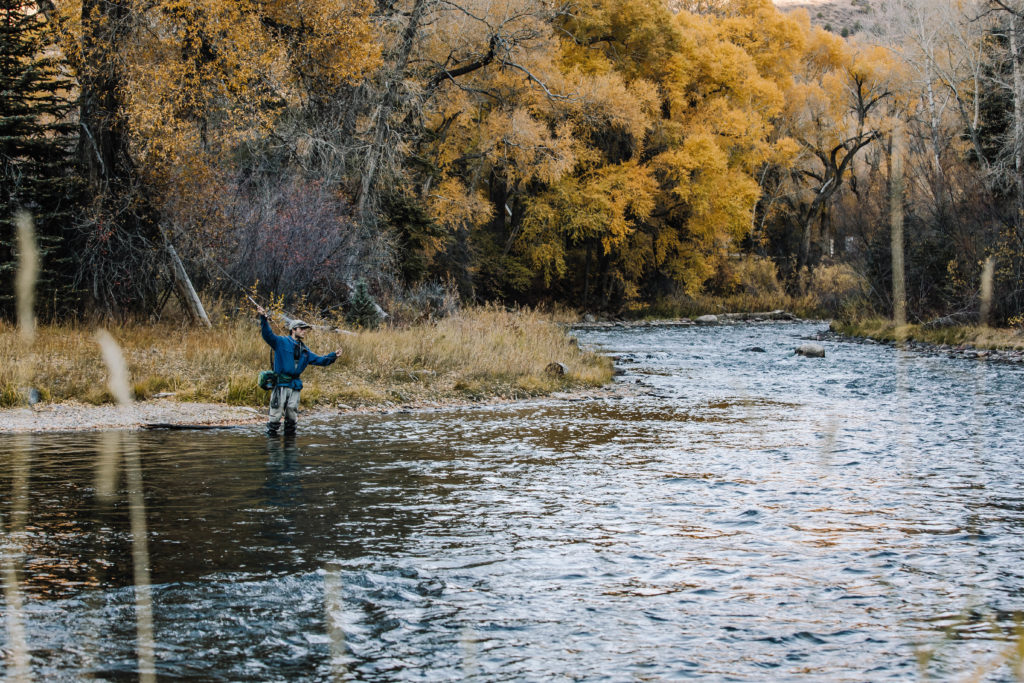
Fall has arrived in Aspen, and the fishing continues to be fantastic! November offers low, stable river flows, fewer anglers, and a continued abundance of insect life. These conditions make for happy trout, and happy trout make for happy anglers.
During the fall, trout primarily feed on subsurface nymphs like stoneflies, baetis and midges. However, trout also take advantage of sculpin and other small fish as a welcome source of protein as they prepare for the cold months ahead. So, that brings up the question: Nymphs or Streamers? What should you throw?
Nymphing and Streamer fishing are both great ways to get fish to the net this time of the year, so choosing what to fish really comes down to deciding how you want to fish. These two methods of fishing represent distinct experiences while out on the water, so let’s dive into each and discover what you might like to try!
Nymphs constitute the majority of a trout’s diet throughout the year, and this absolutely holds true during the fall. Trout that are actively eating nymphs hold in “feeding lanes” and consume larvae that float down the river to them.
The objective when nymph fishing is to identify a pool or run that is holding feeding fish, select flies that closely match the insects that the trout are feeding on and then present them to the fish in a natural way. This can be difficult, and often takes patience and persistence to find the right flies and get a good drift. This style of fishing is characterized by fishing water thoroughly, adjusting your rig, and fine tuning drifts to tap into a natural and abundant food source of the fish.
Some good flies (by @elementflies) to fish-
Nymph suggestions
Lead flies:
Stonefly Pats rubber legs: During the larval stage, which commonly lasts anywhere from 1 to 3 years, golden stoneflies spend the balance of their time using their powerful legs and low center of gravity to cling to the rocky bottoms of small to large rivers and spring creeks with moderate to fast flow rates.
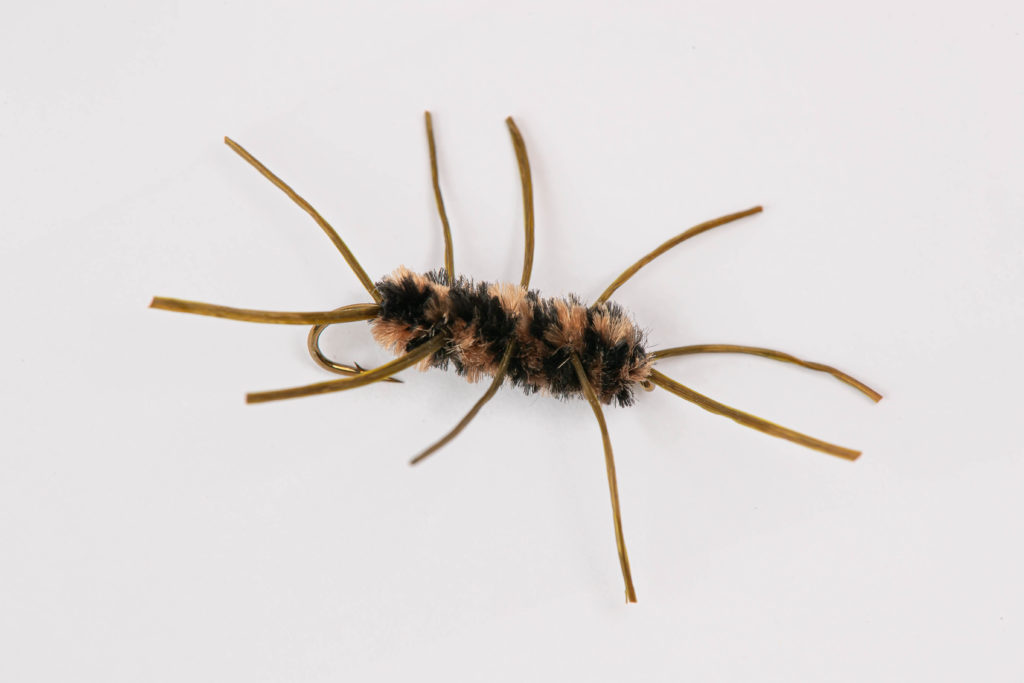
CDC Zebra Copper John: This is a variation on the Copper John which is known for being a great generalist pattern that imitates many different insects. This variation does the same with the addition of CDC which is a material that naturally repels water and gives the fly an awesome buggy profile. You can even treat this nymph with CDC floatant to create the profile of an emerging bug. This fly takes traditional elements of a classic stand-by pattern and adds some CDC and a white biot wing and “hot collar” of fluorescent thread to make it extra eye-catching! It’s a very versatile fly that you can get creative with!
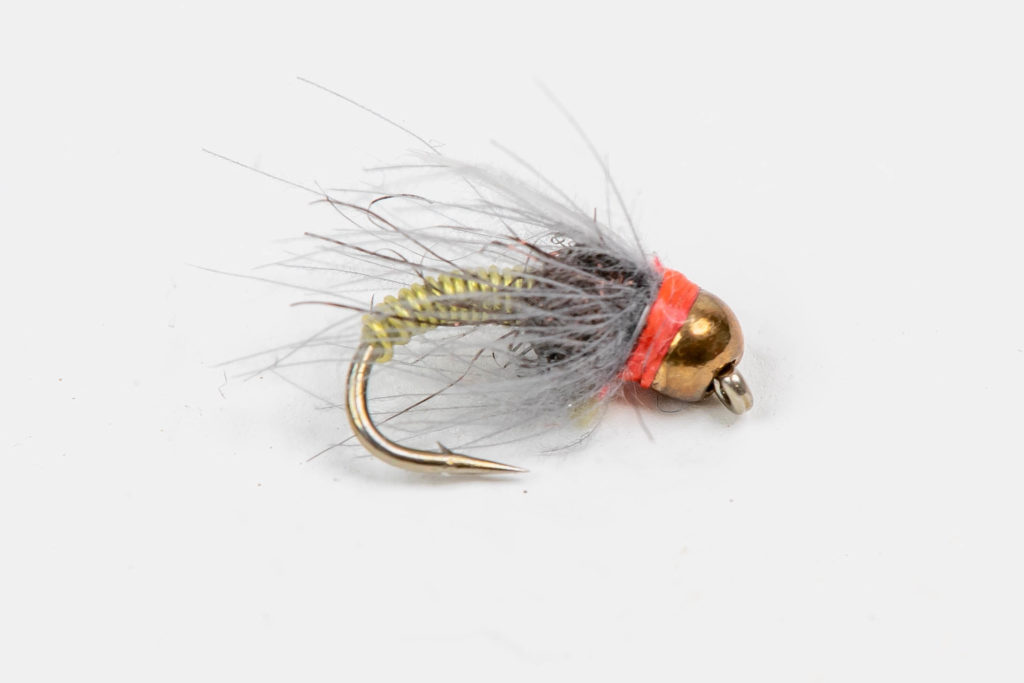
Trailer
Chocolate thunder brown (#20): This is a simple but really effective midge emerger pattern that we’ve been having good success with lately. The foam back imitates a gaseous bubble that emerging insects use to hitch a ride to the surface when they are going from their subsurface nymph stage to their adult stage out of the water. The foam makes the fly sit higher in the water column causing it to look like an emerging midge.
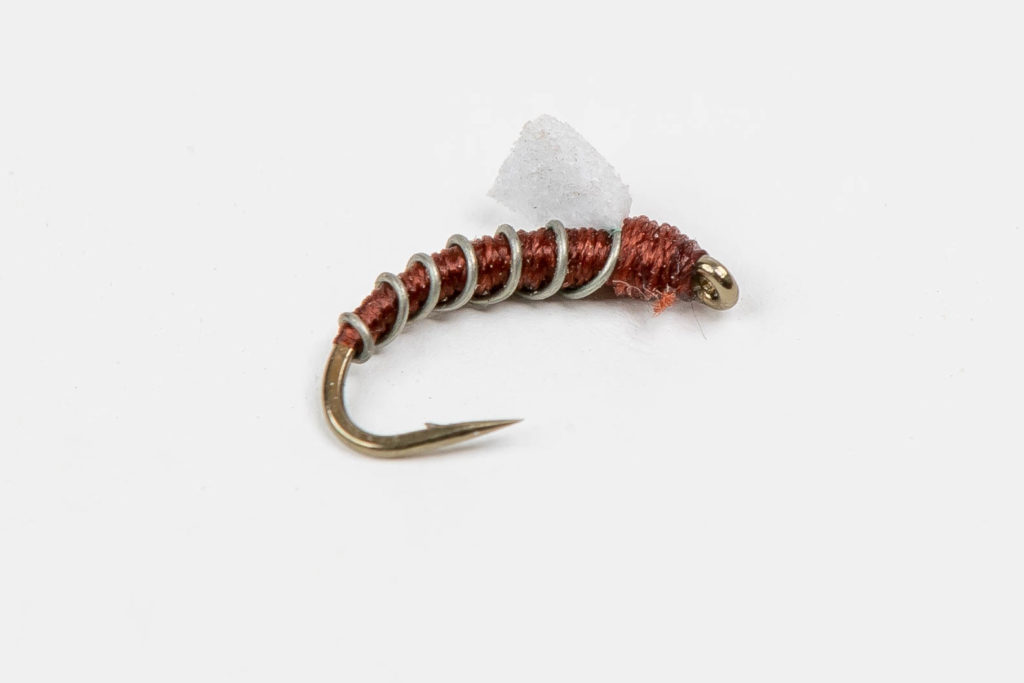
Competition Baetis: Competition Baetis with a tungsten head. Despite the complicated name, the beauty of this fly is its simplicity. This no-frills style of nymph is similar to Perdigon nymphs which get their name from the Spanish word for “pellet” or “shot” due to their heavy tungsten head. This is a great fly to lead with because it’s effective and gets down fast! Tie your favorite baetis or midge emerger on behind it and get out there on the river!
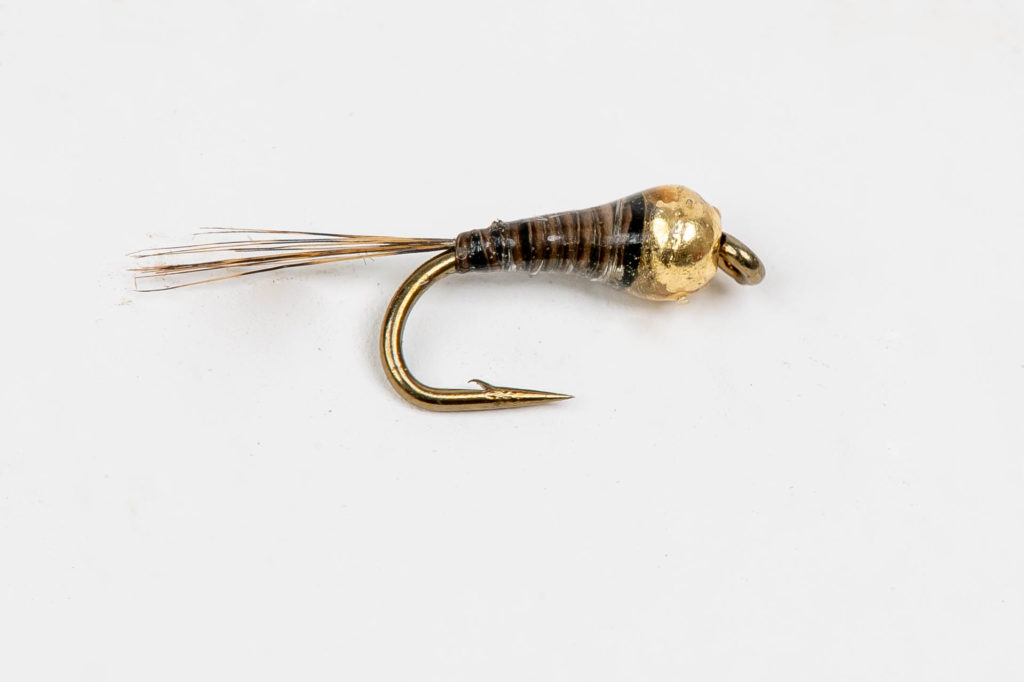
STREAMERS:
Streamer fishing requires different rigging and fly selection but more importantly a different approach. When streamer fishing, look for fish that are aggressive and opportunistic. Streamers are larger and more noticeable to fish than nymphs, so if an aggressive trout is around it’s likely to take your streamer within the first few times you run it by them.
The most effective way to fish streamers is by covering a lot of water and working structure using a more “run and gun” approach. Try stripping streamers anywhere there is a transition in depth or flow. Streamers give you an advantage when fishing structure because you can cast into contained pockets behind rocks, ledges and logs that you can’t effectively run a nymph set up through. This allows you to reach spots where fish feel less pressured, and that’s often where those big fish are hiding!
Here are a few suggestions!
Mini Sex dungeon, (natural): The Sex Dungeon is a very popular pattern developed by streamer legend Kelly Galloup. What made this fly so innovative was that it has an articulation that joins two hooks at the center of the body. This articulation allows the tail segment to undulate freely giving the fly an incredibly natural profile when imitating small trout, sculpin and baitfish moving throughout the river. Though the fly was originally tied in larger sizes, the Mini Sex Dungeon has all of the same seductive attributes and is a fantastic size for our local rivers. Fall is here and that means that it’s time to chuck some meat and watch hungry fish move to crush streamers, so get out there!!!

Mini drunk and disorderly (olive): This streamer is a fantastic wounded baitfish imitation created by Tom Lynch that can be killer on the Roaring Fork this time of year. What is unique about this streamer is that it’s unweighted and has an angled deer hair head. This causes the mini D&D to sit suspended just below the surface and creates an erratic cut and dive motion when stripped that lets all of the flash do its work. If you want to get a little more adventurous, throw one of these on a sink tip set up and target some bigger water!

Trick or treat: Streamers continue to be a fun and effective way to catch fish on the Roaring Fork this fall, and the Trick-or-Treat is a great choice. It’s a modified wooly bugger pattern with some extra fluff and rubber legs that was developed by Kelly Galloup and imitates the sculpin that live in our river systems very effectively.
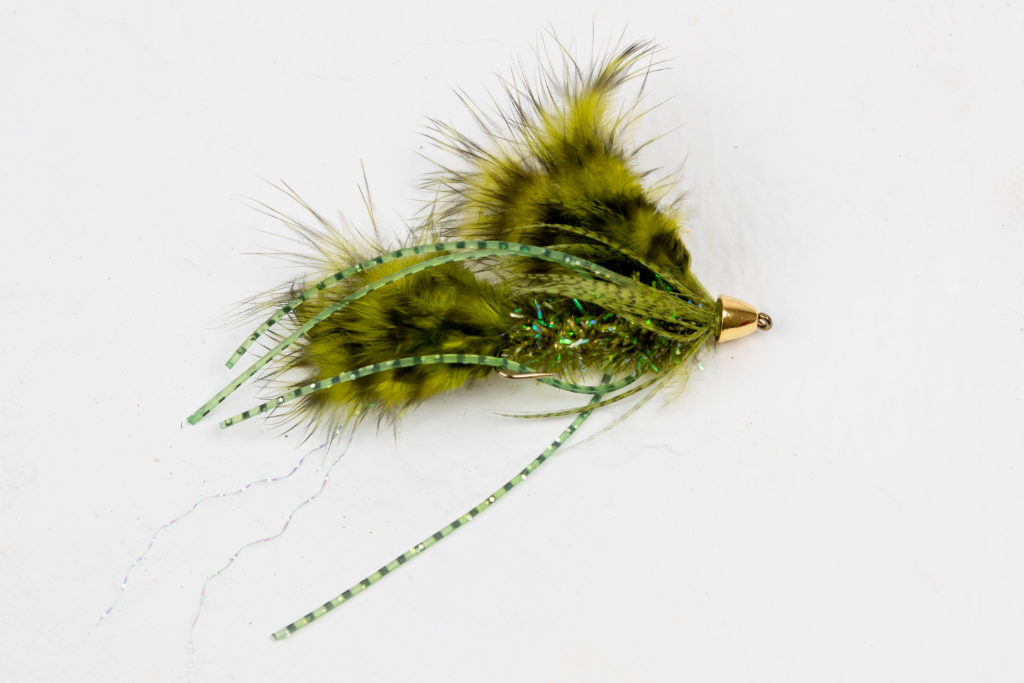
If you are looking to fine tune your fly selection and presentation until those trout at your feet can’t refuse, nymphing is an effective and incredibly gratifying style of fishing. Get out there and solve the puzzle of what those trout like!
That being said, if you’re tired of watching a bobber or want to cover and explore more water, go chuck some meat and see if you can move some fish on streamers. It can be a high input, low yield game but there might be nothing better in this world than watching a big fish roll on your streamer!
You can’t go wrong either way, so get out there and try something new. If you are dying to try either style of fishing but don’t quite know where to start, our incredible fishing guides are always here to help you build strong fundamentals and provide an unforgettable experience!
Call us at 970-925-3406 to book a trip or answer any questions you might have.
Tight lines!!! Written by Cian McGillicuddy, Photos/Video by Anna Stonehouse
